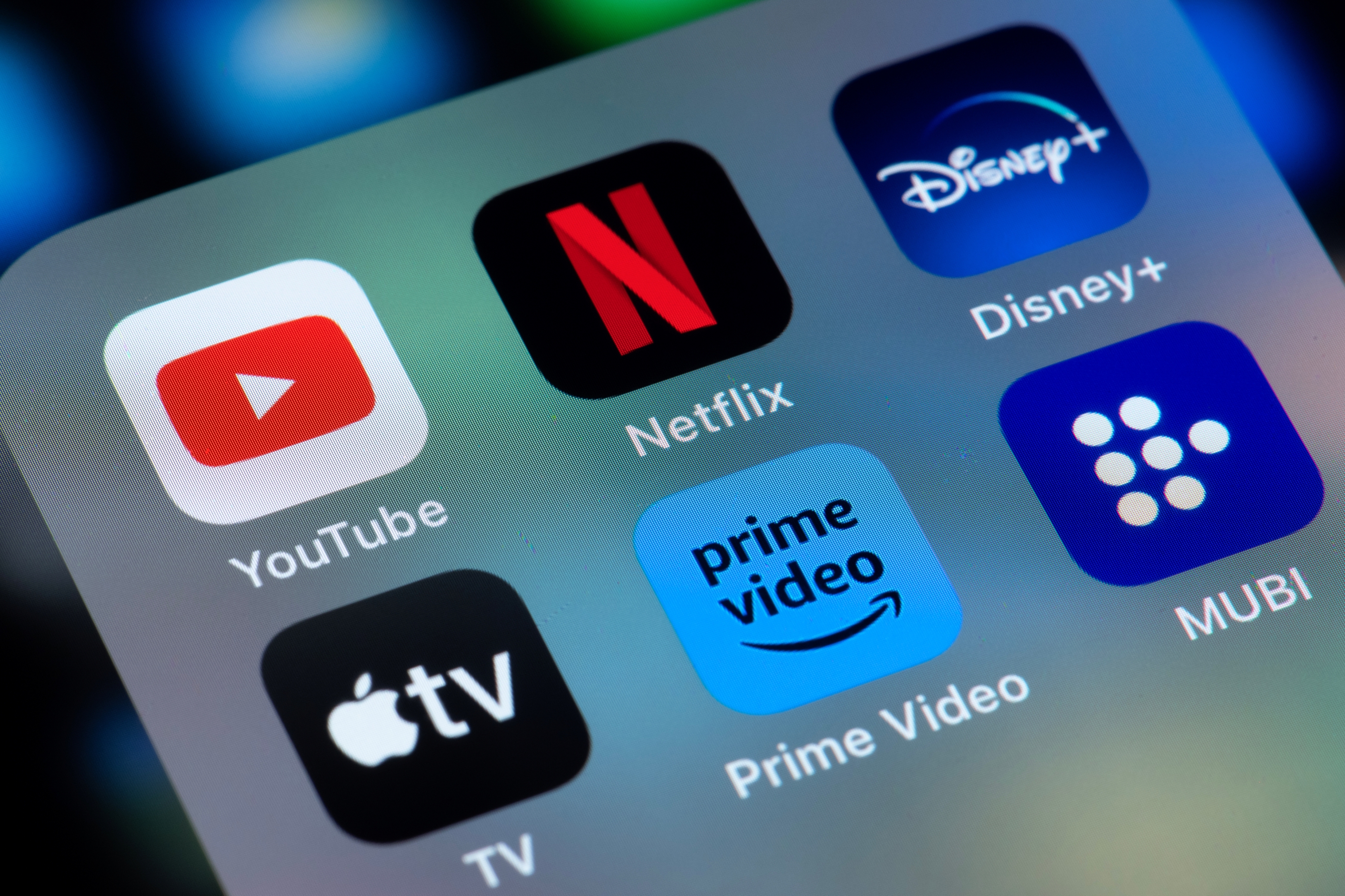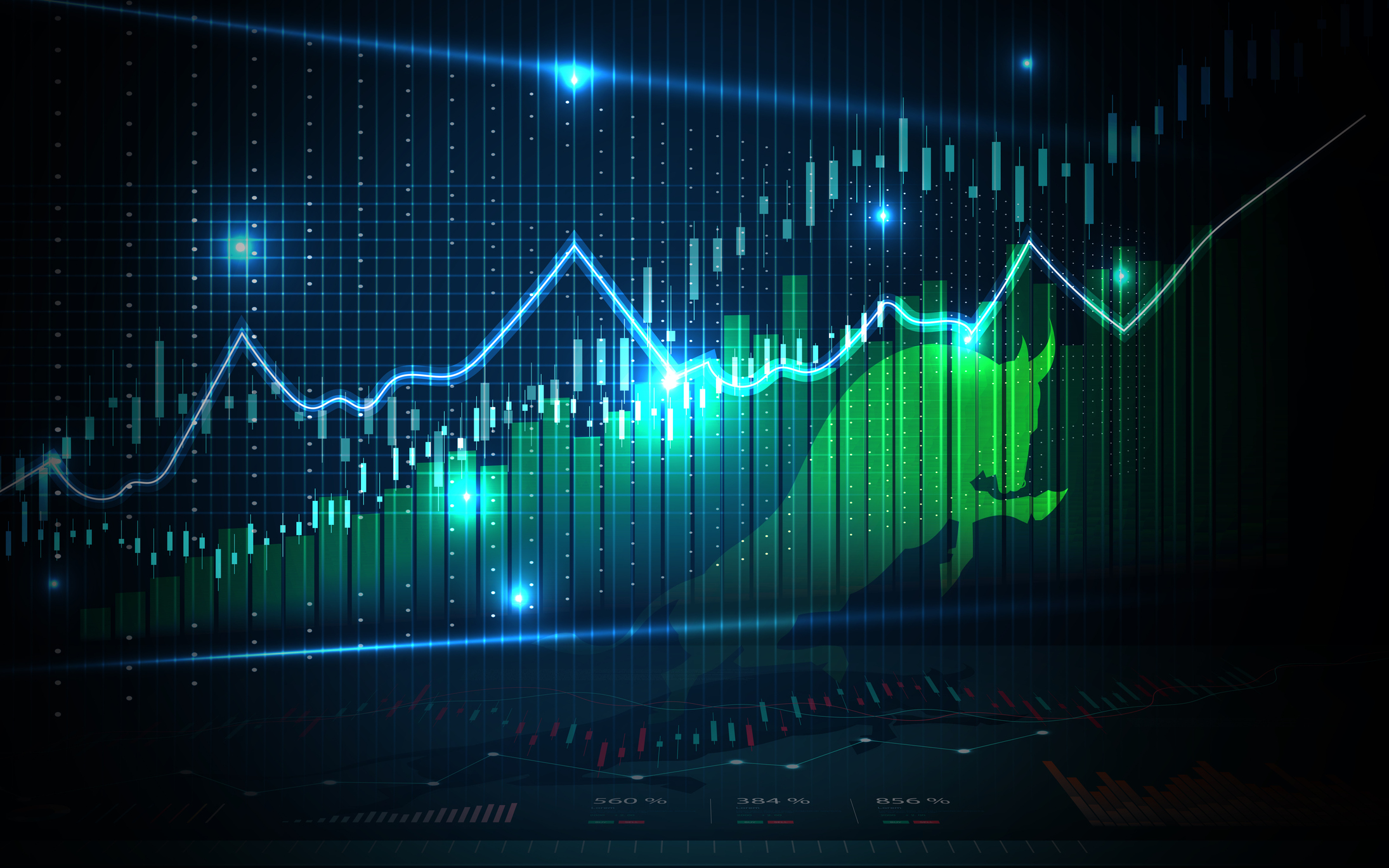How the Federal Reserve's Decision to Hold Rates Steady Affects Your Savings
We explore how the Federal Reserve's decision to maintain interest rates impacts your savings strategy.

Carla Ayers
Typically, when the Fed raises interest rates, banks increase the yields on savings accounts to attract deposits. Conversely, rate cuts often lead to reduced returns for savers. With the Fed keeping rates steady, the interest rates on savings accounts are expected to remain relatively stable in the short term.
The Federal Reserve's recent decision to maintain interest rates between 4.25% and 4.50% means that high-yield savings accounts (HYSAs) and certificates of deposit (CDs) will likely continue to offer attractive annual percentage yields (APYs), with some exceeding 4%. For example, Axos Bank currently offers a HYSA with an APY of 4.86%. This is great news for savers looking to maximize their returns.
While the Federal Reserve has currently paused rate changes, future decisions will depend on economic indicators such as inflation, employment data and the impact of recent trade policies.

Sign up for Kiplinger’s Free E-Newsletters
Profit and prosper with the best of expert advice on investing, taxes, retirement, personal finance and more - straight to your e-mail.
Profit and prosper with the best of expert advice - straight to your e-mail.
Should the Fed decide to cut rates in the future, yields on savings accounts may gradually decline.
Still, if you don't already have one, it's worth opening a high-yield savings account despite the next Fed meeting, so you can take advantage of high rates before they significantly fall. Even though rates are lower, there are still higher returns for your cash in high-yield savings accounts than sitting in an average checking or savings account.
Another option, which can help you avoid falling rates completely, is to open a CD account. Since the APY on a CD account is fixed, if you lock up your cash in one now, you won't have to worry about your APY going down until the CD matures. Just make sure you're comfortable with not being able to access your cash until the account matures.
The Fed's impact on savings rates
Beginning in March 2022, the Federal Reserve initiated a series of 11 interest rate hikes to combat soaring inflation, which peaked at 9.1%. This aggressive monetary tightening elevated the federal funds rate to a target range of 5.25% to 5.50%, marking the highest level in 23 years.
However, as inflationary pressures began to subside, the Federal Reserve shifted its stance, opting to hold interest rates steady in the first quarter of 2025. This pause in rate hikes led to a stabilization, and in some cases, a slight decline in savings rates. Financial institutions adjusted their offerings accordingly, with some reducing the APYs on their savings products.
Looking ahead, if the Federal Reserve moves to cut interest rates in response to cooling inflation, savers can anticipate further decreases in the yields of HYSAs and CDs. To optimize returns in a shifting economic landscape, it's important to stay informed. By regularly comparing offerings from various financial institutions, savers can adjust their strategies effectively to maintain favorable returns.
You can compare savings rates for both high-yield savings accounts and CDs below.
Related Content
Get Kiplinger Today newsletter — free
Profit and prosper with the best of Kiplinger's advice on investing, taxes, retirement, personal finance and much more. Delivered daily. Enter your email in the box and click Sign Me Up.

Erin pairs personal experience with research and is passionate about sharing personal finance advice with others. Previously, she was a freelancer focusing on the credit card side of finance, but has branched out since then to cover other aspects of personal finance. Erin is well-versed in traditional media with reporting, interviewing and research, as well as using graphic design and video and audio storytelling to share with her readers.
- Carla AyersE-Commerce & Personal Finance Editor
-
 6 Stunning Waterfront Homes for Sale Around the US
6 Stunning Waterfront Homes for Sale Around the USFrom private peninsulas to lakes, bayous and beyond, Kiplinger's "Listed" series brings you another selection of dream homes for sale on the waterfront.
By Charlotte Gorbold Published
-
 Six Reasons to Disinherit Someone and How to Do It
Six Reasons to Disinherit Someone and How to Do ItWhether you're navigating a second marriage, dealing with an estranged relative or leaving your assets to charity, there are reasons to disinherit someone. Here's how.
By Donna LeValley Published
-
 Should You Still Wait Until 70 to Claim Social Security?
Should You Still Wait Until 70 to Claim Social Security?Delaying Social Security until age 70 will increase your benefits. But with shortages ahead, and talk of cuts, is there a case for claiming sooner?
By Evan T. Beach, CFP®, AWMA® Published
-
 Retirement Planning for Couples: How to Plan to Be So Happy Together
Retirement Planning for Couples: How to Plan to Be So Happy TogetherPlanning for retirement as a couple is a team sport that takes open communication, thoughtful planning and a solid financial strategy.
By Andrew Rosen, CFP®, CEP Published
-
 Market Turmoil: What History Tells Us About Current Volatility
Market Turmoil: What History Tells Us About Current VolatilityThis up-and-down uncertainty is nerve-racking, but a look back at previous downturns shows that the markets are resilient. Here's how to ride out the turmoil.
By Michael Aloi, CFP® Published
-
 How to Get Apple TV Plus for just $2.99
How to Get Apple TV Plus for just $2.99For a limited time, you can get three months of Apple TV Plus for just $2.99 per month. Here’s how to get the deal.
By Rachael Green Published
-
 Stock Market Today: Stocks Surge to Close a Volatile Week
Stock Market Today: Stocks Surge to Close a Volatile WeekIt was another day with a week's worth of both news and price action, but it ended on a strongly positive note.
By David Dittman Published
-
 Don’t Panic About the “Retail Blackout” – See Which Stores Are Closing (and Which Aren’t) for Easter 2025
Don’t Panic About the “Retail Blackout” – See Which Stores Are Closing (and Which Aren’t) for Easter 2025Dozens of major retailers are planning to close their doors on April 20. Find out which of your go-to stores are on the list.
By Rachael Green Published
-
 Home Insurance: How to Cut Costs Without Losing Coverage
Home Insurance: How to Cut Costs Without Losing CoverageNatural disasters are causing home insurance premiums to soar, but don't risk dropping your coverage completely when there are ways to keep costs down.
By Jared Elson, Investment Adviser Published
-
 Markets Roller Coaster: Resist the Urge to Make Big Changes
Markets Roller Coaster: Resist the Urge to Make Big ChangesYou could do more harm than good if you react emotionally to volatility. Instead, consider tax-loss harvesting, Roth conversions and how to plan for next time.
By Frank J. Legan Published